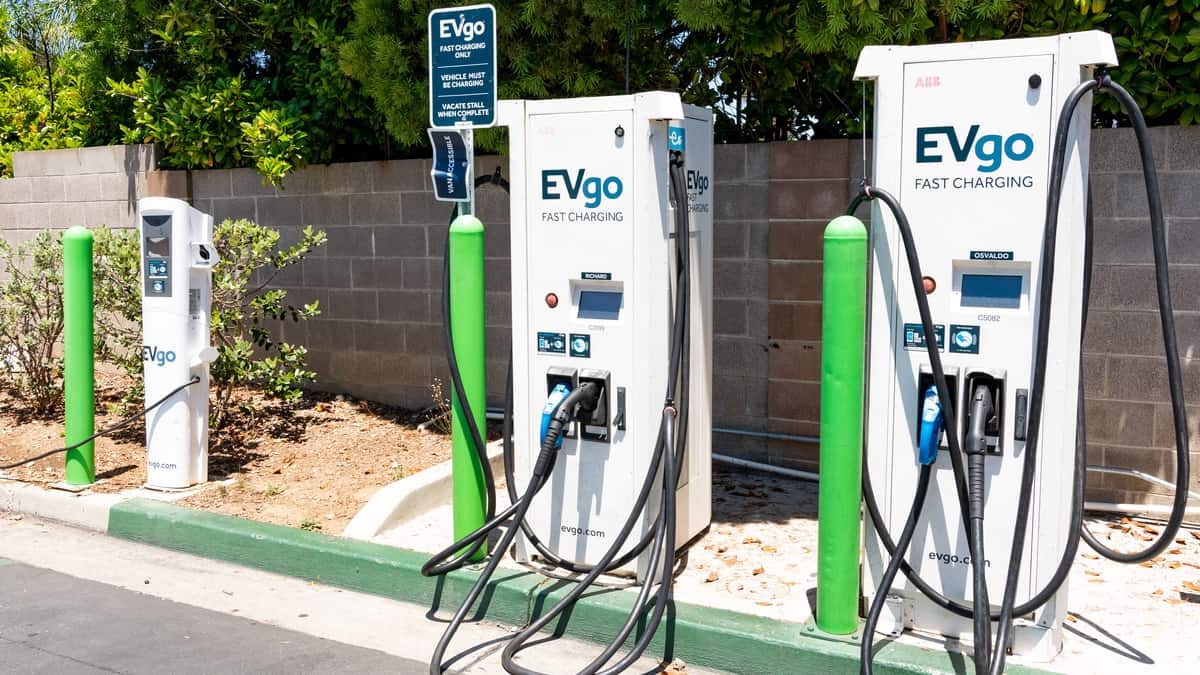The United States will need to quadruple the total of its public electric vehicle charging stations from now until 2025 to keep up with the rapidly growing demand, as per S&P Global Mobility’s study.
This move is really crucial as the lack of public EV charging stations has been a long-standing problem in the country, which significantly impedes EV uptake.
The gap between public EV charging stations and EV registrations
S&P Global Mobility registration data reveals that the US currently has 1.9 million EVs on its roads. That number represents 0.7% of the overall 281 million vehicles as of October 31, 2022.
However, EV registrations made up 5% of all new vehicle registrations from January to October 2022. By 2030, the market share of EVs among new vehicles in the US is expected to reach 40%, according to S&P Global Mobility.
It must be noted that the current number of public EV charging stations in the US cannot handle the enormous growth of EVs in the coming years. That said, setting up the needed reliable charging network will take a long time.
“If it takes a decade to get a robust system in place, I don’t think that’s crazy. It’s a big enough problem with enough players that it’s reasonable that it will take time.”
Stephanie Brinley, Associate Director of Auto Intelligence at S&P Global Mobility
There are more than 125,000 public Level 2 charging stations in the US, according to data from S&P Global Mobility. However, DC fast charging stations only total 20,400 units, excluding the nearly 17,000 Tesla Supercharger stations. Meanwhile, there were additional 54,000 Level 2 stalls and 10,000 DC fast charging stations by the end of 2022. However, it must be noted that EVs are expected to hit 8 million counts by 2025 and about 30 million by 2030.
The fact that there are currently 2 million EVs in the US definitely clarifies things. It may be a reasonable estimate to increase public charging infrastructure by four times to accommodate the current level of EVs on US highways.
S&P Global Mobility estimates that by 2025, the public will need access to about 700,000 Level 2 stalls and 70,000 DC fast-charging stalls. Even so, those figures are projected to increase to 1.2 million and more than 100,000 by 2027.
That considered, the US should have more than 2 million public Level 2 chargers and 172,000 public DC fast charging stations by 2030.
“Developments in battery technology, and how quickly EVs can receive power, will be as critical to improvements here as how quickly and plentifully infrastructure can provide the power.”
Graham Evans, research and analysis director at S&P Global Mobility
EV adoption is indeed growing at a very fast pace. Having said that, the infrastructure for charging EVs must also be expanded to accommodate the increasing number of EVs on the road today. If not, the momentum for EV adoption in the US could falter, as it can discourage customers from making the switch.

